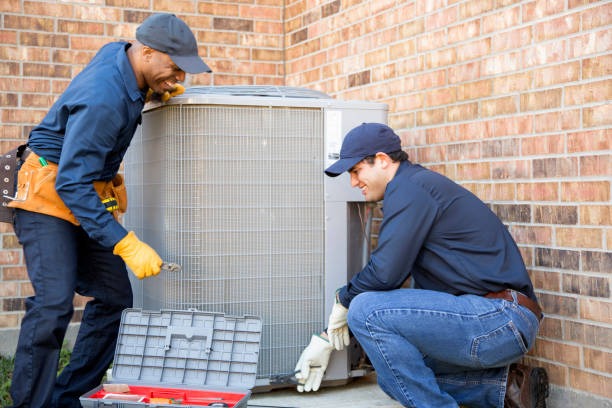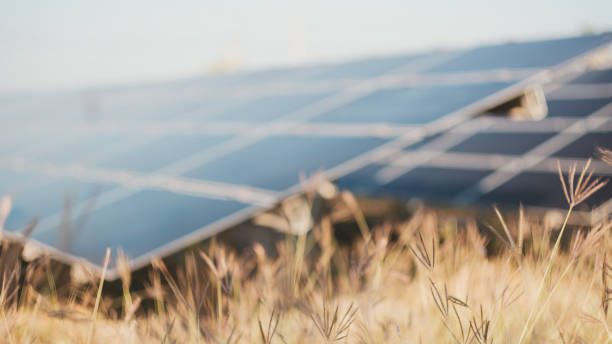Roof installation is an essential part of constructing a building, whether it’s residential or commercial. It not only provides shelter and protection from the elements but also contributes significantly to the overall energy efficiency of the structure. With increasing awareness about climate change and the need for sustainable living, many homeowners and businesses are now opting for roof installations with energy-efficient materials.
Energy-efficient roofing materials offer several benefits over traditional ones. They help in reducing energy consumption by reflecting more sunlight and absorbing less heat than standard roofs, thus keeping buildings cooler during hot summer months. This leads to less reliance on air conditioning systems, resulting in significant savings on electricity bills. Moreover, these materials are often made from recycled content and are highly durable, reducing replacement costs over time.
There are various types of energy-efficient roofing materials available in the market today. Metal roofs coated with special reflective pigments can reflect up to 85% of solar radiation while asphalt shingles embedded with cooling granules can reduce surface temperatures by around 20%. Green or living roofs covered with vegetation absorb heat instead of reflecting it back into the environment, thereby helping in mitigating urban heat island effects.
Another popular option is cool roof coatings that can be applied to existing roofs without requiring any structural changes. These coatings contain reflective pigments that enhance solar reflectance and thermal emittance properties of roof surfaces, leading to lower indoor temperatures even under peak sun conditions.
Solar shingles have also gained popularity recently due to their dual functionality – they serve as both a protective barrier against weather elements and a source of renewable energy generation. These photovoltaic cells integrated into regular roofing shingles capture sunlight throughout the day and convert it into electricity which can be used for powering household appliances or even sold back to grid depending upon local regulations.
However, choosing an appropriate material depends largely on factors like geographical location, local climate conditions, building design & orientation along with budget constraints among others. Therefore it’s recommended that you consult with a professional springfield roofing contractor who can provide expert advice based on your specific needs and preferences.
In conclusion, roof installation with energy-efficient materials is an investment that pays off in the long run. Not only does it contribute to environmental sustainability by reducing carbon footprints, but it also results in substantial savings on energy bills. So next time you plan to install or replace your roof, consider going green and opt for energy-efficient options. It’s a choice that benefits both you and the planet!
Pressure Point Roofing Eugene, LLC.
3320 Industrial Ave, Springfield, OR 97478
541-348-8979











